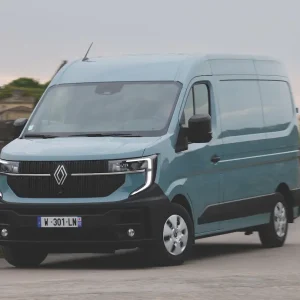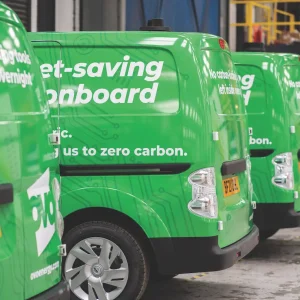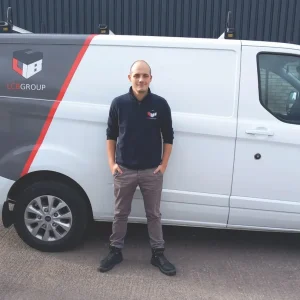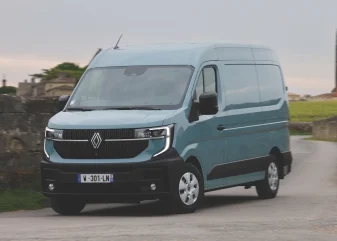
Starting with a fresh piece of paper tends to result in something pretty compelling being created these days. We’ve seen it a few times, but Renault has really excelled with the new Master, delivering a multi-powertrain platform that should see it remain relevant and at the top of the pecking order for many years to come.
The new Master has been totally redesigned, resulting in a much more macho appearance, but also a far more aerodynamic body and a more usable one as well. Importantly there’s now space for diesel engines, electric batteries or a hydrogen fuel cell. It’s the complete package and streets ahead of the competition, many of which are still trying to figure out how to transform their ageing combustion engine chassis into something capable of housing a motor and battery.
There are no significant advances in the diesel engine vehicles besides the all-new chassis it’s housed in, but the combination of the EV drivetrain and new platform is a shining example of how developing a powertrain to fit harmoniously into a vehicle can yield superb results.
Renault is of course no stranger to electrification. It helped pioneer the segment with the Kangoo ZE and although the Master ZE’s arrival in 2018 was far from successful it has given them plenty of time to learn. They’ve come a long way from the 33kWh battery of the first-generation electric Master, which had a range of just 74 miles, and although they introduced a 52kWh battery four years later when the Master adopted the E-Tech name, the range only increased to an underwhelming 125 miles. The new Master, however, has made a much more immediate impact. Its aggressive front grille tells you this is a serious van. It’s a van with confidence, and rightly so as the electric Master E-Tech gets up to 143hp (105kW) and now comes with a choice of two batteries, at 40kWh and 87kWh.
The larger battery gives the E-Tech a claimed range of 285 miles and, thanks to all that design work, Renault can now claim a 20% improvement in aerodynamic efficiency compared to the previous Master. There’s better battery regeneration to further improve the range and high gross vehicle weight options mean that the payload can max out at 1,625kg.
It’s not just about the outside and underneath of the van, though. The interior of the new Master has also seen significant upgrades. A 10in touchscreen with smartphone mirroring is the centrepiece, but there’s now 135-litres of internal storage – a 25% increase. It’s more useable and practical but also safer as well, with 20 new safety and assistance systems from lateral stability control, automatic emergency braking and trailer stability assist systems through to intelligent speed assist to help the driver stay within the speed limit. All the standard equipment goes above and beyond what is required by law and Renault has stormed to the front of the class in areas of driver, passenger and vulnerable road user safety.
In addition to it being named the What Van? Large Van of the Year, it’s a truly worthy winner of the overall Van of the Year title, and it’s also been recognised globally, picking up its first award when it was named the International Van of the Year 2025. For many years, the Master has been an outside bet, the long shot in a race dominated by Transit and Sprinter vans. Now, the new Master can be considered the odds-on favourite in a competitive field where it’s capable of leading the race as an ICE, BEV or H2 van.
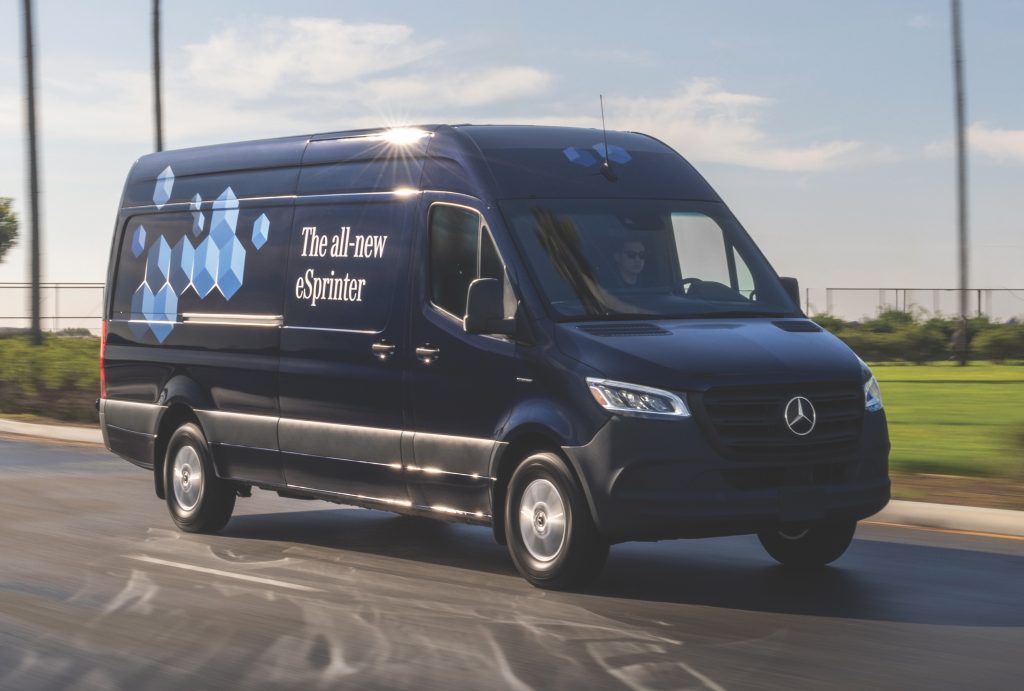
Highly Commended: Mercedes-Benz eSprinter
The sequel is rarely as good as the original, but version two of the eSprinter is a blockbuster in comparison. A competitive and sensible large electric van that is finally a realistic buying option for anyone in the market for a big electric van. The first model from 2020 was definitely a box office flop with a small battery and slow charging, but the new version gets a claimed range of up to 277 miles thanks to two battery sizes of 81kWh and 113kWh. There’s also a choice of two motor power outputs of 100kW and 150kW and it comes in more sizes, with two lengths (L2 and L3) and panel van and chassis cab variants. There are three driving modes (Maximum Range, Economic and Comfort) so drivers can control engine power and torque and regenerative braking comes via paddle levers on the steering wheel. It’s a significant improvement that buyers will now consider.

